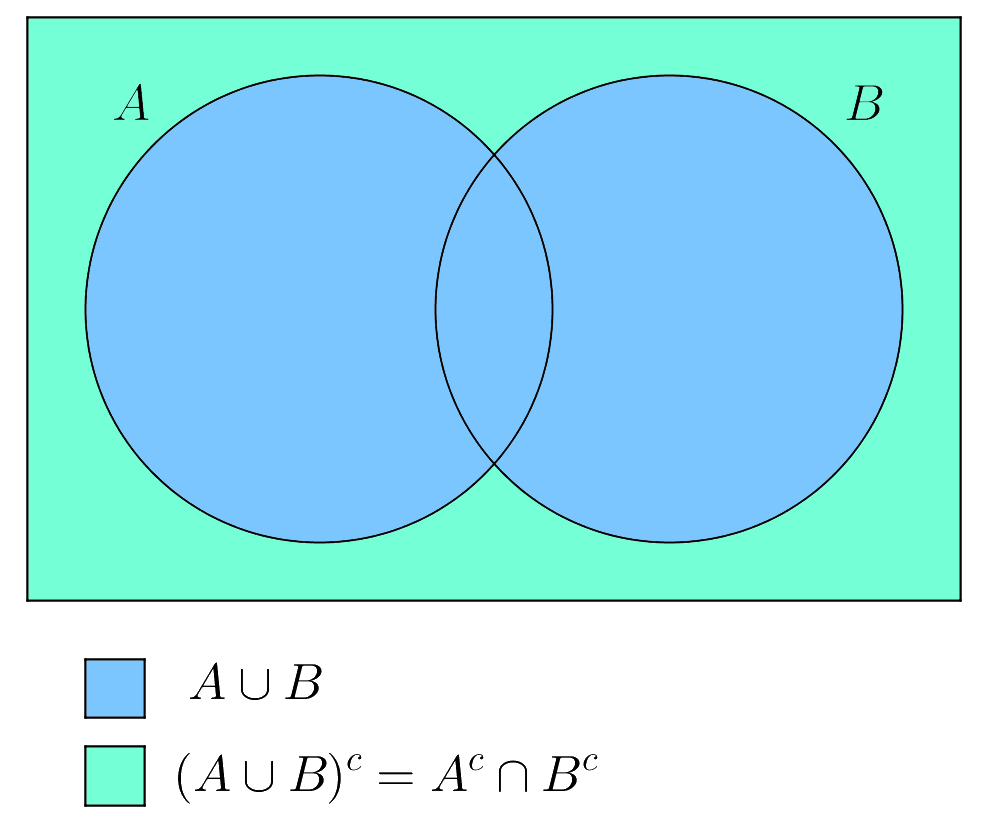Objective 6
Distinguishing Propositional Logic and Predicate Logic in Determining the Validity of a Given Proposition
Introduction to Basic Connectives:
Negation:
- Involves reversing the truth value of a proposition.
- Symbolized by ¬ (not).
Disjunction:
- Represents the "or" relationship between two propositions.
- Symbolized by ∨ (or).
Conjunction:
- Represents the "and" relationship between two propositions.
- Symbolized by ∧ (and).
Morgan's Laws:
- Laws of Morgan:
- Describes the relationship between negation, conjunction, and disjunction.
- ¬(p ∧ q) ≡ (¬p ∨ ¬q) (Negation of a Conjunction)
- ¬(p ∨ q) ≡ (¬p ∧ ¬q) (Negation of a Disjunction)
Conditional Propositions and Logical Equivalences:
- Conditional Propositions:
- Represented by "if-then" statements.
- Symbolized by → (implies).
- Equivalences such as Modus Ponens and Modus Tollens.
Reasoning and Demonstrations:
- Rational and Logical Reasoning:
- Use of connectives to form valid arguments.
- Demonstrations of logical principles and deductions.
Truth Tables:
- Truth Tables:
- A systematic way to represent the possible truth values of propositions.
- Helps in determining the truth value of compound propositions.
Tautology, Contradictions, and Contingencies:
Tautology:
- A compound proposition that is always true.
- Example: p ∨ ¬p.


Comentarios
Publicar un comentario